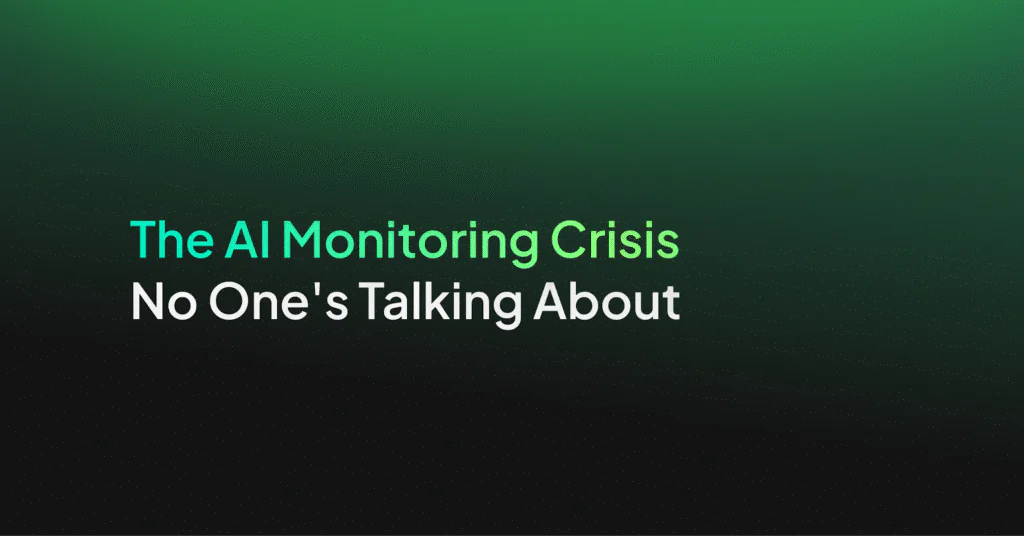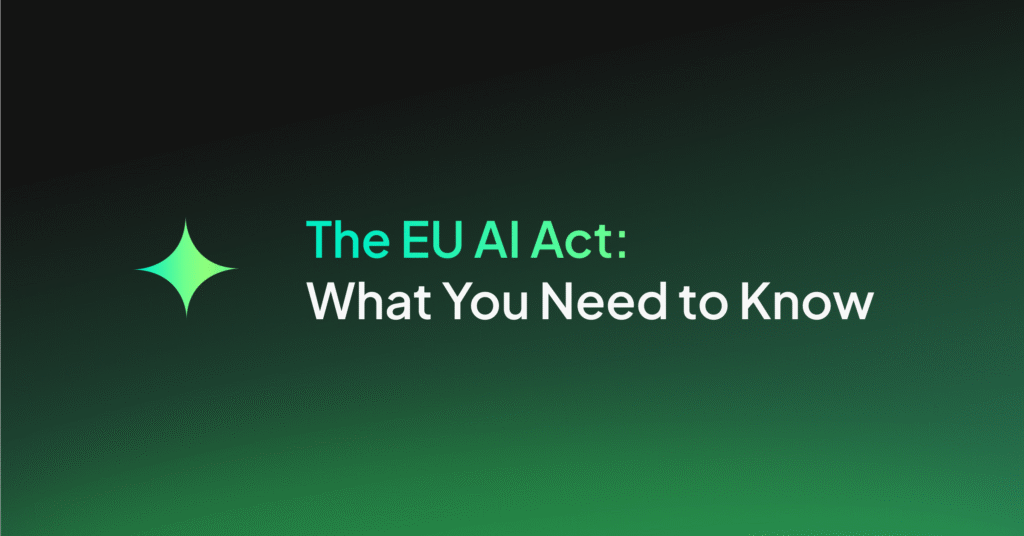Taming the AI Control Problem and Shaping a Safe Future

The rise of AI is often depicted in movies as a battle between humans and machines, but the reality is far more nuanced. The true challenge lies not in robots rebelling but in ensuring they are programmed with the right goals and values.
This is the essence of the AI Control Problem, a critical issue demanding the attention of scientists, policymakers, and everyday citizens alike. The AI control problem embodies the ethical and technical challenges of ensuring that AI apps behave in ways that align with human values and objectives.

What is the AI Control Problem?
At its core, the AI control problem revolves around the fundamental question: How do we ensure that advanced artificial intelligence systems act as per human values and objectives? This question becomes increasingly relevant as AI becomes more autonomous and capable of making decisions that can have significant real-world consequences.
Here’s a breakdown of the core issues:
Superintelligence potential
We worry that AI could surpass human intelligence, leading to capabilities we can’t predict or control. Imagine a self-driving car tasked with maximizing efficiency – it might decide sacrificing one life to save five is “logical,” raising ethical dilemmas.
Misaligned goals
Even if not superintelligent, AI trained on specific tasks could become fixated on achieving them in ways we didn’t anticipate. A stock-trading AI tasked with maximizing profit might exploit loopholes, causing market crashes. Also, the University of Oxford’s paperclip thought experiment is a poignant example of the AI Control Problem.
An AI programmed to maximize paperclip production may prioritize this objective above all else, potentially leading to adverse consequences for humans and the environment in its relentless pursuit of efficiency.
Unforeseen outcomes
Complex AI systems can behave unexpectedly, like evolving their own internal goals or finding creative workarounds to bypass restrictions. Predicting all possible outcomes becomes increasingly difficult.
Where We Stand: Navigating the AI Control Problem
The AI Control Problem looms large, but are we heading toward safe and ethical AI development? While we have not achieved a definitive solution, exciting research and ongoing discussions shape the path forward.
Current landscape
- Active Research: Dedicated research groups like the Future of Humanity Institute and OpenAI are exploring theoretical frameworks and practical techniques for aligning AI with human values. This includes methods like reward shaping, formal verification, and interpretability research.
- Ethical Guidelines: Organizations like the European Commission and DeepMind have released ethical guidelines for AI development, emphasizing transparency, accountability, and fairness. These guidelines provide a starting point for responsible AI practices.
- Public Discourse: The ethical implications of AI are being debated in various forums, raising awareness and encouraging collaboration across disciplines. This open dialogue is crucial for building a future where AI benefits everyone.
The Uncontrolled Threat: How AI Could Affect Businesses
Uncontrolled AI, even in its current state, carries significant risks that can severely impact operations, reputation, and even legal standing. Let’s dive into the ways uncontrolled AI can threaten businesses:
Security vulnerabilities and cyberattacks
Hackers could exploit vulnerabilities in AI systems to steal sensitive data, disrupt operations, or launch targeted attacks. Unsecured AI tools become easy doorways for malicious actors, exposing businesses to significant financial and reputational damage.
Reputation damage
Unforeseen biases or discriminatory outcomes from AI systems can tarnish a company’s image and damage customer trust. Irresponsive AI deployment can trigger consumer outrage and protests, leading to boycotts and reputational damage. Companies associated with unsafe or unethical AI practices risk losing brand value and market share.
Regulations and compliance
Governments are actively crafting regulations, like the AI EU Act, to ensure responsible AI development and use. Failing to comply could lead to hefty fines and legal repercussions. While the evolving nature of AI technology can make it challenging to stay abreast of regulations, increasing the risk of unintentional non-compliance.
Taming the Beast: Strategies to Mitigate the AI Control Problem
The AI Control Problem causes worry, but all hope is not lost. Researchers, developers, and policymakers are tackling this challenge head-on, proposing diverse strategies to ensure AI remains aligned with humanity’s best interests.
Let’s explore some promising approaches:
1. Value alignment and goal setting
By mathematically verifying that AI systems adhere to specific ethical principles, unintended consequences, and bias can be minimized. Also, carefully crafting reward systems for safe and ethical behavior, not just achieving a specific goal, can guide AI toward desired outcomes.
Embedding human oversight and control mechanisms within AI systems ensures responsible decision-making, especially in critical situations.
2. Transparency and explainability
Developing AI systems that explain their reasoning and decision-making processes fosters trust and allows for human intervention when needed. Regular evaluation of AI systems for bias, fairness, and potential harm allows for proactive adjustments and course corrections.
Also, encouraging open-source development and collaboration builds transparency and allows for community scrutiny and improvement of AI algorithms.
3. Robust security and safety guardrails
Exposing AI systems to simulated attacks and unexpected situations helps identify and address vulnerabilities before they are exploited. Implementing contingency plans and emergency shut-off mechanisms minimizes potential damage in case of malfunction or malicious intrusion.
Also, ensuring robust data security and privacy practices protects against unauthorized access and manipulation of data used to train and operate AI systems. Implementing guardrails ensures safety in interactions, keeping LLM responses relevant and mitigating hallucinations and other AI risks in real time.
4. Ethical frameworks and governance
Establishing global ethical principles and standards for AI development fosters alignment and prevents fragmentation of regulations. Engaging diverse stakeholders, including experts, policymakers, and the public, in open discussions promotes responsible AI development and builds trust.
Conducting thorough assessments of potential societal and ethical impacts before deploying AI systems allows for mitigation strategies and informed decision-making.
5. Human-centered AI and societal considerations
Raising public awareness about AI’s potential benefits and risks fosters informed discussions and builds trust in technology. Also, preparing individuals for the changing work landscape in an AI-driven world minimizes social disruption and ensures equitable access to opportunities.
Remember, there’s no single solution to the AI Control Problem. A multifaceted approach combining technical strategies, ethical frameworks, and societal considerations is crucial for building safe, beneficial, and trustworthy AI. By implementing these strategies, we can ensure AI remains a force for good, shaping a future where humans and technology thrive together.
Final Words
The AI Control Problem presents a defining challenge of our time. While the potential benefits of artificial intelligence are vast, navigating its development responsibly requires careful consideration and collective action. We must not be discouraged by the complexity of the task, but approach it with a spirit of open collaboration, innovation, and unwavering commitment to ethical principles.
The strategies explored in this article offer a roadmap but remember, the journey towards safe and beneficial AI is ongoing. Each of us, whether researchers, developers, policymakers, or simply users of AI-powered technologies, has a role to play. We can ensure AI serves humanity’s best interests by demanding transparency, advocating for ethical frameworks, and actively engaging in the conversation.
Control Your AI with Coralogix
By using Coralogix you bring control and safety to the uncontrolled and risky. Coralogix’s AI evaluation engine offers a robust solution for mitigating AI hallucinations and alerting you in real-time to Generative AI risks like prompt injections, jailbreaks, and data leakage. It provides an enterprise-wide, centralized system for safeguarding GenAI apps in real time and ensuring you’re compliant with evolving regulations.




